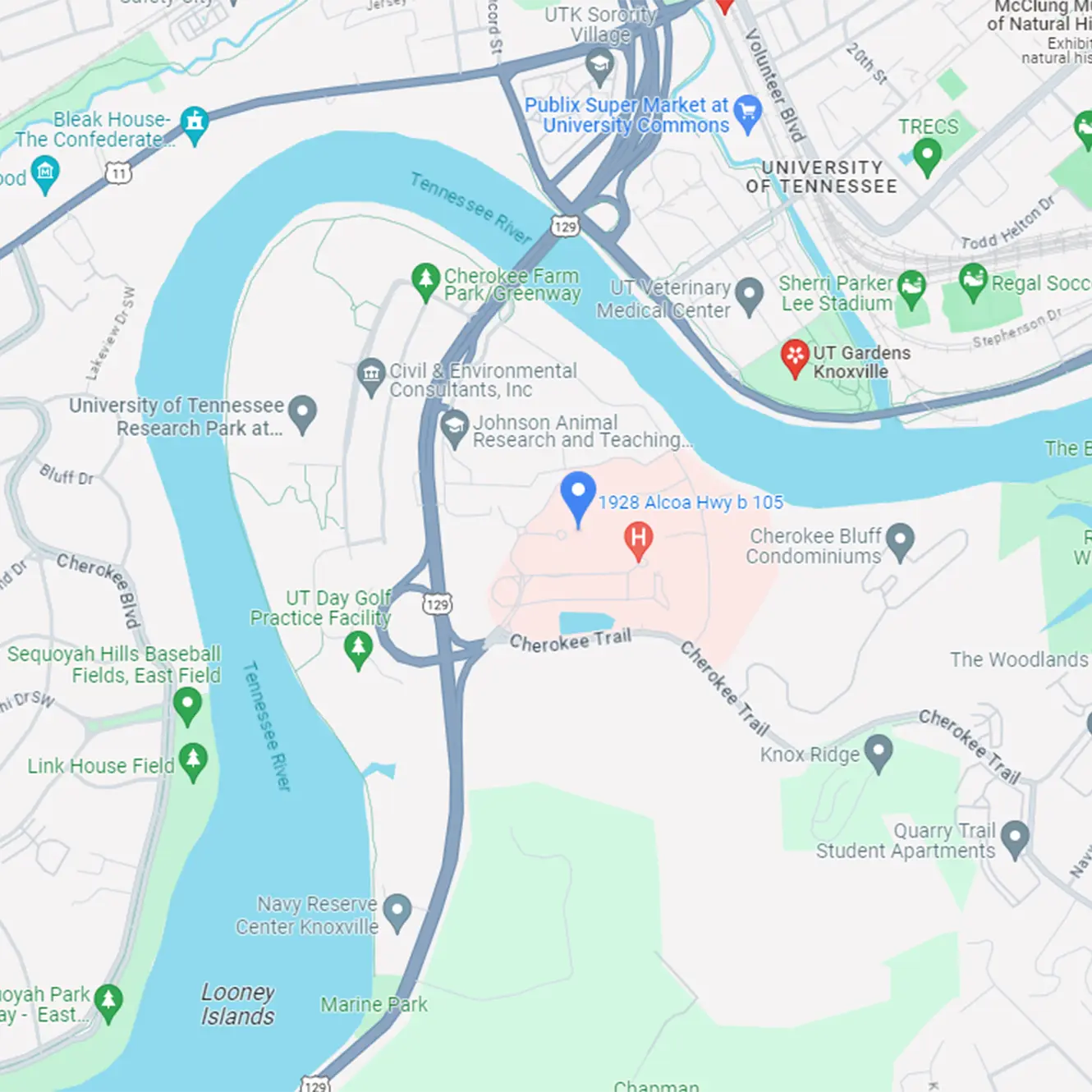Anorexia Nervosa
Anorexia nervosa, also known as anorexia, is an eating disorder where a person has a fear of gaining weight. It is a serious disorder which is often diagnosed with other illnesses like depression, anxiety and substance abuse. Persons with anorexia nervosa continue to feel hunger buy don’t allow themselves to eat a lot of food. The average amount of calories a person eats is 600-800 calories a day. Some even starve themselves. A person can also be affected by another disorder called Bulimia Nervosa at the same time. Instead of eating a very small amount of food, they will eat a lot of food at one time (binge) and then go and make themselves throw up.
While the belief is that Anorexia Nervosa affects young white women, it can affect men and women of all ages and races. More recent studies show the onset age of anorexia decreased from an average of 13-17 years old to 9-12 years old. Anorexia most often occurs in adolescence and is 10 times higher in adolescent girls than adolescent boys.
This disorder can cause malnutrition from not eating, and severe complications in every major organ system in the body. A patient suffering from anorexia nervosa will show a number of signs and symptoms. The type and severity of the signs and symptoms vary in each case and may be present but not readily noticed. Some signs include:
- Obvious, rapid, dramatic weight loss
- Russell’s sign: scarring of the knuckles from placing fingers down the throat to induce vomiting
- Lanugo: soft, fine hair grows on face and body
- Obsession with calories and fat content
- Preoccupation with food, recipes, or cooking; may cook elaborate dinners for others but not eat themselves
- Dieting despite being thin or dangerously underweight
- Fear of gaining weight or becoming overweight
- Rituals: cuts food into tiny pieces; refuses to eat around others; hides or discards food
- Purging: uses laxatives, diet pills, ipecac syrup, or water pills; may engage in self-induced vomiting; may run to the bathroom after eating in order to vomit and quickly get rid of the calories
- Engaging in frequent, strenuous exercise
- Perceives self to be overweight despite being told by others they are too thin
- Becomes intolerant to cold: frequently complains of being cold due to loss of insulating body fat; body temperature lowers (hypothermia) in effort to conserve calories
- May frequently be in a sad, lethargic state
- May avoid friends and family; becomes withdrawn and secretive
- Clothing: may wear baggy, loose-fitting clothes to cover weight loss
- Cheeks may become swollen due to enlargement of the salivary glands caused by excessive vomiting
- Swollen joints
- Abdominal distension
Treatment of an eating disorder like anorexia is most effective when symptoms are caught early. This treatment tries to restore the person to a healthy weight, treat the thoughts and beliefs they have about their body image and what they eat, and eliminate these negative thoughts. Addressing these problems can also assist in getting appetite and eating behaviors back on track. Family support is also essential in treating eating disorders. Watching the person’s behavior around mealtime decreases the chances that they can purge after meals. Medication can also be helpful in removing some of the emotional challenges they face when treating their eating disorder.
Patients with eating disorders can also benefit from consultation with a nutritionist. It is important they have a realistic idea of what a normal diet should include. Unfortunately, our American culture has not done much to encourage healthy eating habits in children and their food choices frequently fall short of what they need.
We are available along with our nutritionists if you have any questions or concerns about your child.














